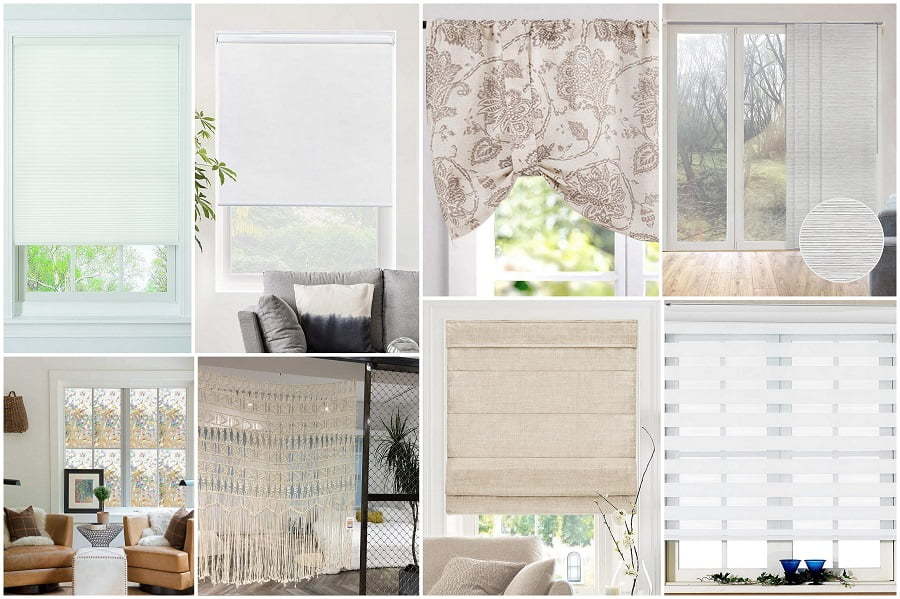Last updated on
Explore these innovative shed roof felt alternatives that will not only protect your structure but also elevate its overall aesthetic appeal.
Are you looking for an alternative to traditional shed roof felt? Maybe you want to save some money or add a unique touch to your backyard shed.
I’ve compiled a list of 20 shed roof felt alternatives that will not only protect your shed from the elements but also give it a stylish upgrade. This list has something for everyone, from recycled materials to unconventional roofing options.
So, let’s explore these ideas and get inspired to transform our sheds into functional and beautiful spaces!
EPDM Rubber
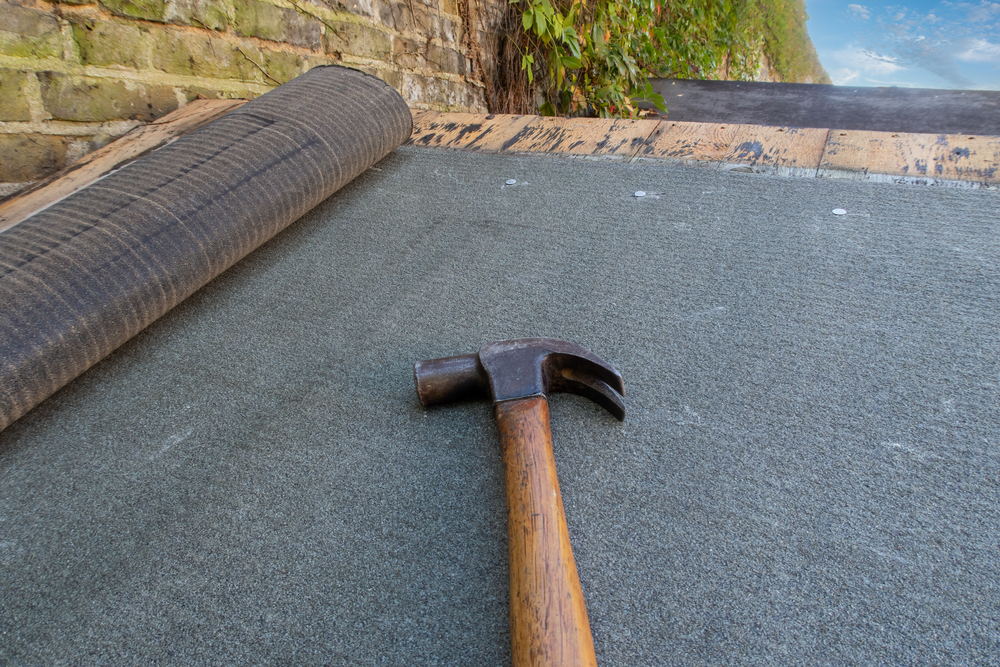
EPDM rubber is a popular alternative to traditional shed roof felt. It is made from synthetic rubber and has excellent weather-resistant properties, making it ideal for outdoor use.
EPDM roofing can last up to 50 years with proper installation and maintenance, which makes it a cost-effective option in the long run.
One of the benefits of using EPDM rubber as an alternative to shed roof felt is that it comes in large sheets that can be cut to size on-site, reducing waste and saving money on materials. Because EPDM roofing does not require heat or flames during installation like some other options do (such as torch-on felt), there are fewer safety concerns when installing this type of material.
Another advantage of using EPDM rubber for your shed’s roof is its flexibility. This material can easily conform around corners or unusual shapes without cracking or tearing over time due to temperature changes or movement caused by wind gusts.
PVC Roofing
It is made from polyvinyl chloride, which makes it highly durable and resistant to weathering. PVC roofing comes in a variety of colors and styles, including those that mimic the look of shingles or tiles.
One advantage of PVC roofing is its ease of installation. It can be installed directly over existing roofs without the need for tear-off or additional insulation layers.
This not only saves time but also reduces labor costs.
Another benefit of PVC roofing is its energy efficiency. The material reflects sunlight rather than absorbing it, which helps keep buildings cooler during hot summer months and reduces cooling costs.
Metal Sheets
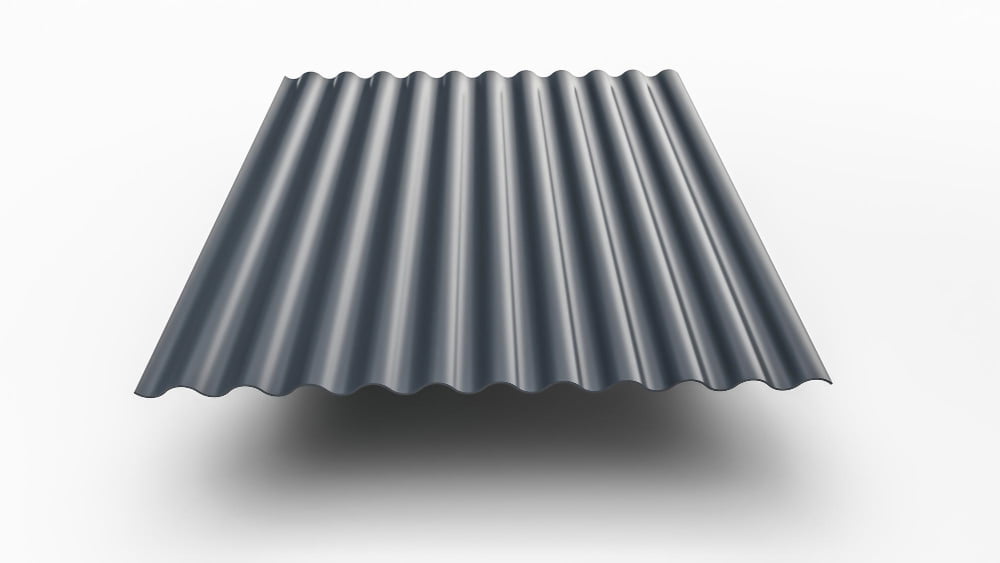
They come in various materials such as aluminum, steel, and copper. Metal roofs are durable and can last up to 50 years with proper maintenance.
They also reflect sunlight which helps keep the interior of the shed cool during hot summer months.
One of the benefits of metal roofing is that it is fire-resistant, making it an excellent choice for areas prone to wildfires or lightning strikes. Metal roofs do not rot or attract insects like wood shingles do.
Installation costs for metal roofing may be higher than other options due to its weight and complexity but they require less maintenance over time compared with other alternatives like asphalt shingles or wooden shakes.
Asphalt Shingles
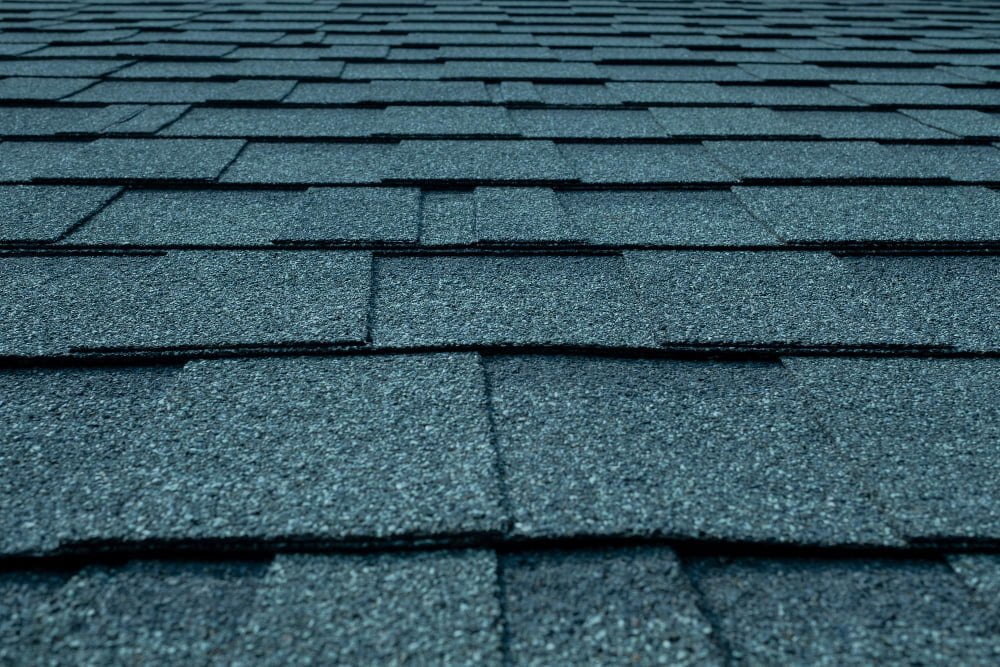
They come in a variety of colors, styles, and textures to match any design aesthetic. Asphalt shingles are easy to install and require minimal maintenance over time.
They also provide excellent protection against the elements such as rain, wind, snow or hail.
One downside of asphalt shingles is that they have a shorter lifespan compared to other roofing materials like metal or slate tiles. However, with proper installation techniques and regular inspections by professionals can help extend their life span.
Another thing worth noting is that not all asphalt shingle products are created equal; some may be more durable than others depending on the quality of materials used in manufacturing them.
Cedar Shingles
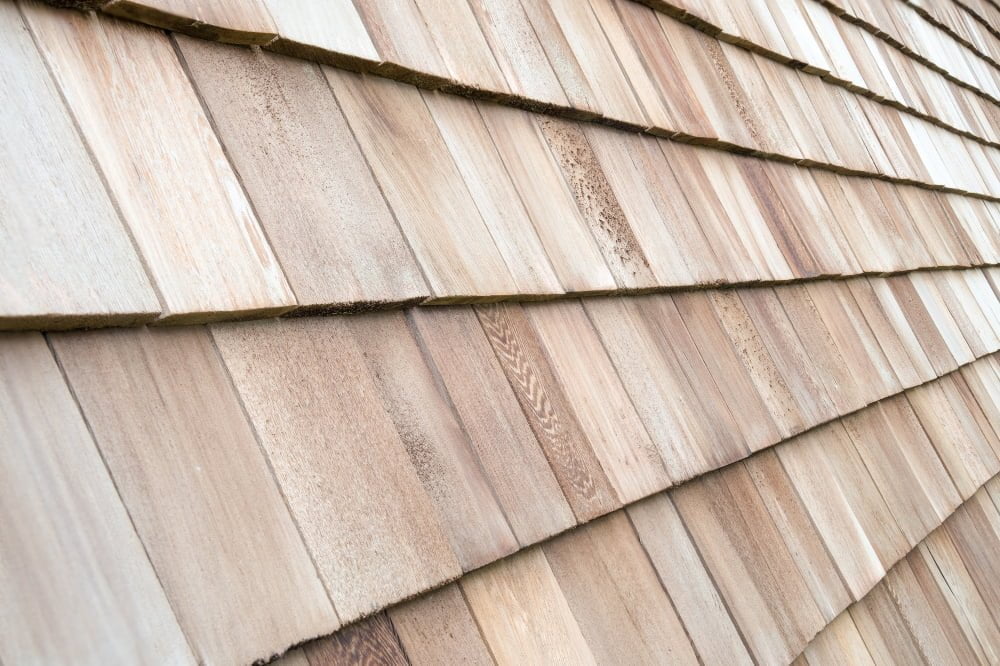
They offer a natural and rustic look that can complement any outdoor space. Cedar shingles are made from high-quality wood, which is naturally resistant to decay and insects, making them durable and long-lasting.
One of the benefits of cedar shingles is their ability to withstand harsh weather conditions such as heavy rain or snowfall. They also provide excellent insulation properties, keeping your shed warm in winter months while providing ventilation during summer months.
Cedar shingle installation requires some expertise but can be done by homeowners with basic carpentry skills. It’s important to note that proper installation techniques must be followed for optimal performance.
While cedar shingles may cost more than other roofing materials initially, they have a longer lifespan than most alternatives which makes them an economical choice in the long run. They require minimal maintenance over time compared with other roofing options like asphalt or metal roofs.
Green Roof (plants)

A green roof is essentially a layer of vegetation that is grown on top of a waterproof membrane. The plants help to absorb rainwater and reduce runoff while providing insulation for the building below.
There are two main types of green roofs: intensive and extensive. Intensive green roofs require more maintenance because they have deeper soil layers that can support larger plants such as trees or shrubs.
Extensive green roofs have shallower soil layers which only allow for smaller plants like sedum or grasses.
While installing a green roof may be more expensive than other shed roof felt alternatives, it can provide long-term benefits such as energy savings from improved insulation, reduced stormwater runoff, increased biodiversity in urban areas and improved air quality by absorbing carbon dioxide emissions from the atmosphere.
Corrugated Plastic Panels
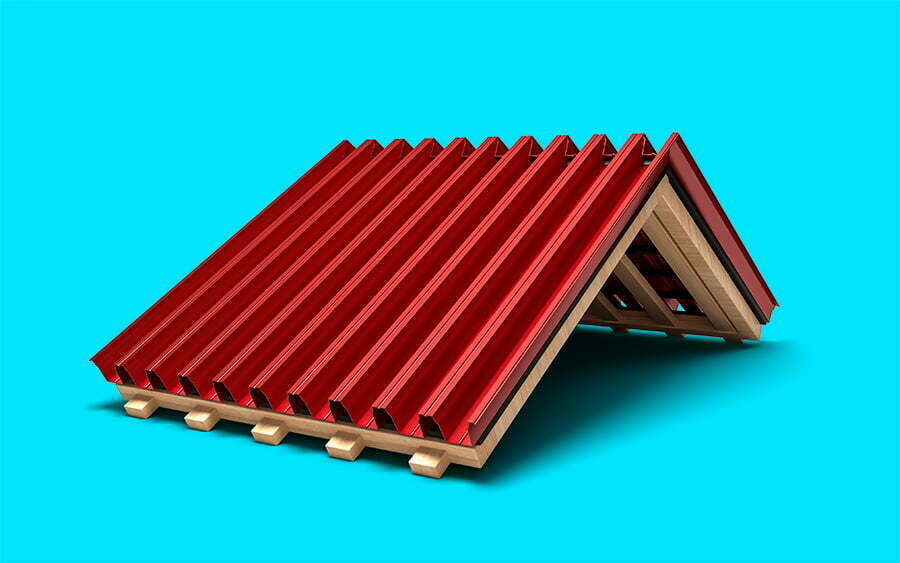
They come in various colors, sizes, and thicknesses that can match any design preference. These panels are made of polypropylene or polycarbonate materials that make them resistant to UV rays, weathering, and impact damage.
One advantage of using corrugated plastic panels is their ease of installation. They can be easily cut with a utility knife or saw blade to fit the size and shape of your shed’s roof structure.
The interlocking edges also allow for quick assembly without requiring special tools or skills.
Another benefit is their low maintenance requirement compared to other roofing materials like asphalt shingles or wooden shakes. Corrugated plastic panels do not require painting nor sealing as they already have built-in protection against fading and discoloration over time.
However, it’s worth noting that corrugated plastic may not be suitable for areas with extreme temperatures as they tend to expand/contract more than metal sheets under heat/cold exposure which could lead them vulnerable at the seams if installed improperly.
Bitumen Tiles
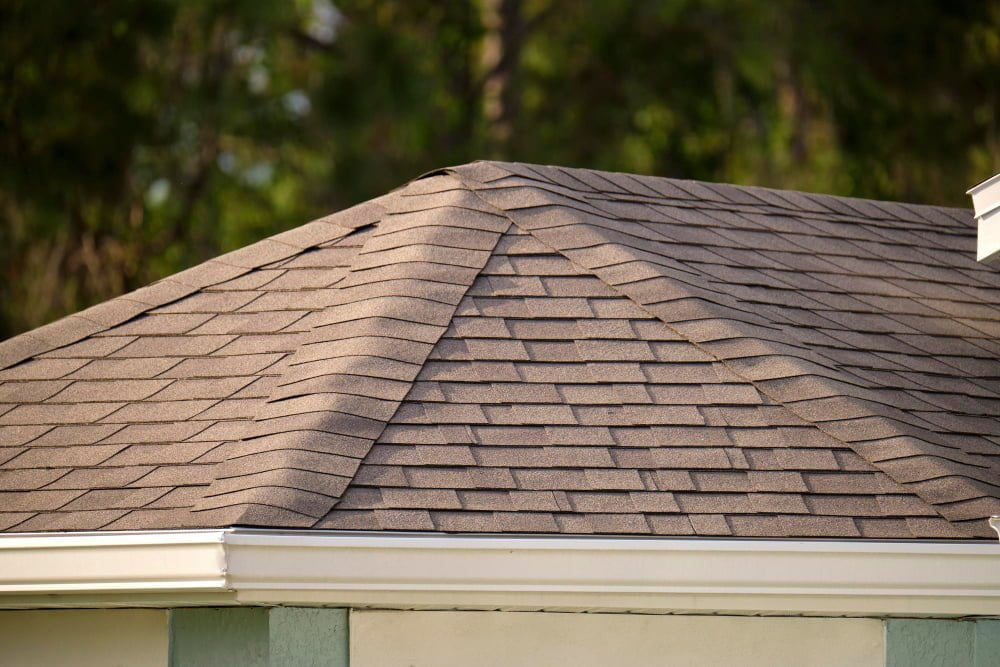
They are made from bitumen, which is a mixture of organic materials and asphalt. Bitumen tiles come in various shapes and sizes, including hexagonal and rectangular shapes.
They can be installed using nails or adhesive, depending on the manufacturer’s instructions.
One of the benefits of bitumen tiles is their durability; they can last up to 30 years with proper maintenance. They offer excellent waterproofing properties due to their composition.
Bitumen tiles also come in different colors that mimic natural materials such as slate or clay tile roofs but at a fraction of the cost. This makes them an attractive option for homeowners who want an aesthetically pleasing roof without breaking the bank.
Clay Tiles
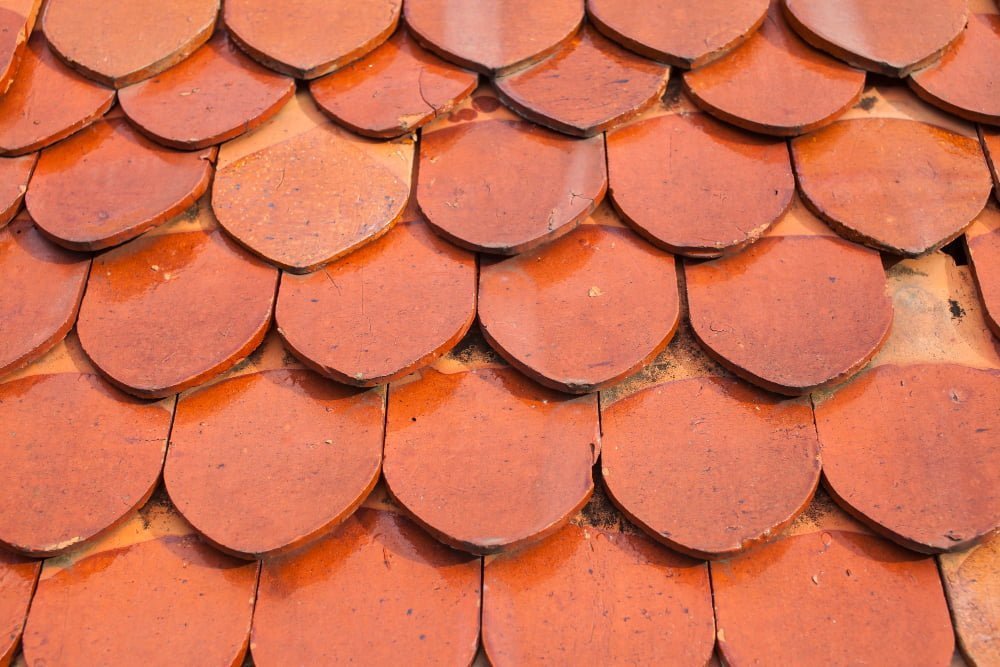
They come in various shapes, sizes, and colors that can complement any home design. Clay tiles are made from natural materials that make them eco-friendly and sustainable.
One of the benefits of clay tiles is their ability to withstand harsh weather conditions such as heavy rain, strong winds, hailstorms, and extreme temperatures. They have a long lifespan ranging from 50-100 years depending on the quality of installation.
However, clay tile roofing requires professional installation since it’s heavier than other alternatives like asphalt shingles or metal sheets. The weight may require additional structural support for your shed roof which could increase the cost of installation.
In terms of maintenance requirements for clay tile roofs; they need regular cleaning to prevent moss growth or debris accumulation between them which could cause water damage over time if left unattended.
Slate Tiles
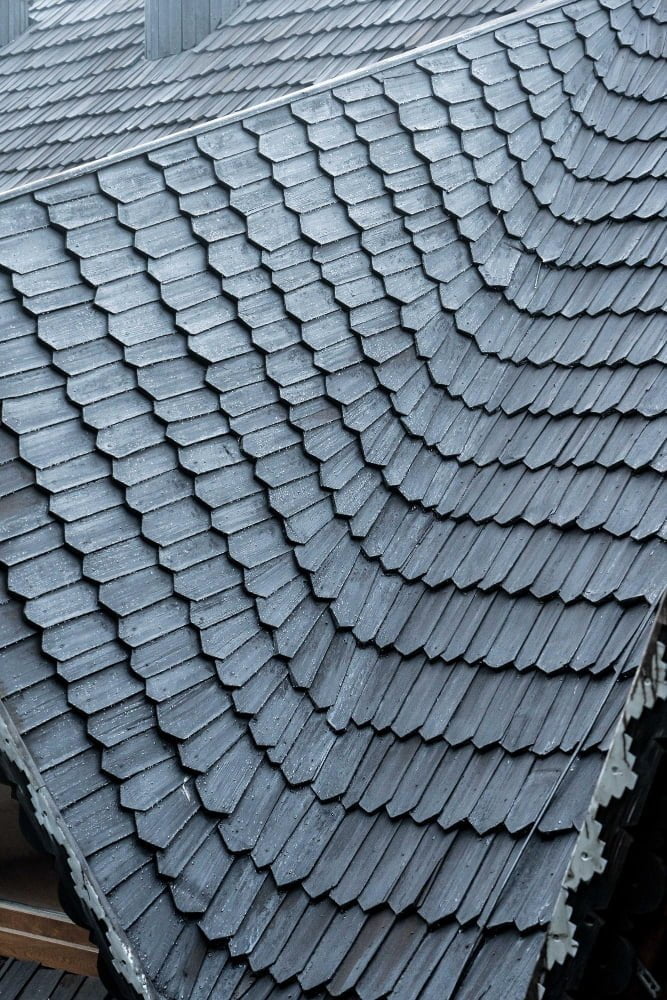
They come in various sizes, colors, and textures that can add an elegant touch to any home exterior. Slate is a type of metamorphic rock that is formed from clay or volcanic ash over millions of years.
It has excellent waterproofing properties and can withstand extreme weather conditions such as heavy rain, snowfall, hailstorms, and high winds.
Installing slate tiles on your shed roof requires professional expertise since it involves cutting the tiles into specific shapes according to the size of your roof’s surface area. The installation process may take longer than other roofing materials but once installed properly; they require minimal maintenance for decades.
One thing you should keep in mind when considering slate tile roofing is its weight; it’s much heavier than other alternatives like asphalt shingles or metal sheets which means you need sturdy support structures underneath them during installation.
Fiberglass Panels
They are lightweight, durable and easy to install. Fiberglass panels come in a variety of colors and styles, making it easy to find one that matches your home’s aesthetic.
These panels also provide excellent insulation, keeping your shed cool in the summer and warm in the winter.
One of the biggest advantages of fiberglass panels is their resistance to weathering. They can withstand harsh weather conditions such as heavy rain or snow without cracking or warping over time like other materials might do.
Another advantage is that they require very little maintenance once installed properly on your shed roof; you won’t have to worry about replacing them for many years after installation.
Thatch Roofing
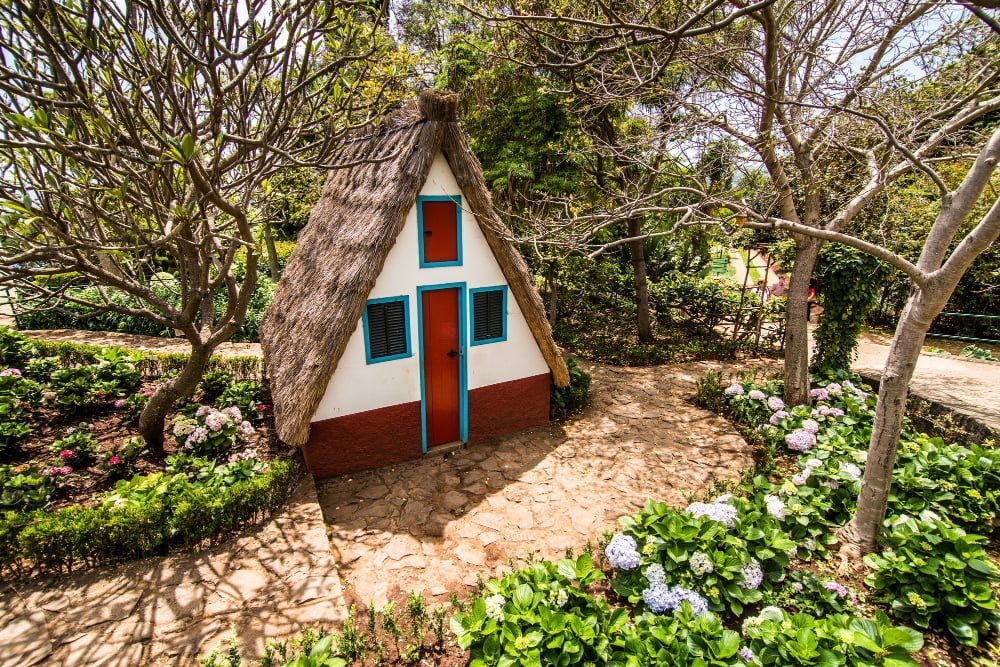
It’s made from natural materials such as straw, reeds, or grasses that are woven together to create a waterproof layer. Thatch roofing has been used for centuries in many parts of the world and can last up to 50 years with proper maintenance.
One of the benefits of thatch roofing is its insulation properties. The thick layers provide excellent insulation against both heat and cold, making it ideal for sheds used as workshops or living spaces.
However, there are some downsides to using thatch roofing on your shed. One major concern is fire safety since dry thatching can be highly flammable if not treated properly with fire retardants.
Roofing Felt With Adhesive Backing
This type of roofing material comes with an adhesive layer on the back, which makes installation quick and easy. The self-adhesive feature eliminates the need for nails or other fasteners, reducing both time and cost of installation.
Roofing felt with adhesive backing is also highly durable and weather-resistant, making it ideal for use in areas that experience harsh weather conditions. It provides excellent protection against water damage while also preventing heat loss from your shed.
One thing to keep in mind when using this type of roofing material is that it may not be suitable for all types of sheds or roofs. Be sure to check the manufacturer’s recommendations before purchasing this product.
Polycarbonate Sheets
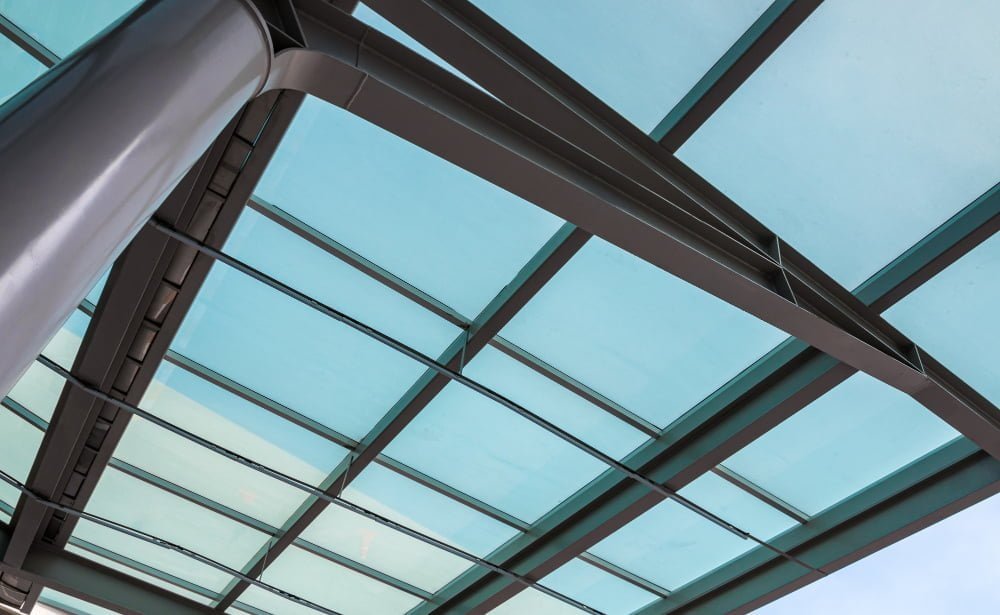
They are made from a durable, lightweight material that is resistant to impact and weathering. Polycarbonate sheets come in various colors and thicknesses, making them versatile for different design needs.
They also allow natural light into the shed while providing UV protection, which can be beneficial if you plan on using your shed as a workspace or storage area for delicate items such as plants or artwork. Installation of polycarbonate sheets is relatively easy with the use of screws and washers; however, it’s essential to ensure proper sealing around edges and joints to prevent water leakage during heavy rainfalls or snowstorms.
Polycarbonate roofing offers an affordable option that provides excellent durability while adding aesthetic appeal to your garden building project without breaking the bank!
TPO Membrane
TPO stands for thermoplastic olefin, which is a type of synthetic rubber that has become increasingly popular in the roofing industry due to its durability and energy efficiency. TPO membranes are typically white or light-colored, which helps reflect sunlight and reduce heat absorption, making them an excellent choice for hot climates.
One of the main advantages of using TPO membrane as an alternative to shed roof felt is its longevity. It can last up to 30 years with proper installation and maintenance.
It’s resistant to punctures, tears, UV rays from the sun and chemicals such as oils or grease.
Another advantage of using TPO membrane on your shed roof is that it’s relatively easy to install compared with other roofing materials like asphalt shingles or metal sheets since they come in large rolls that can be quickly unrolled onto your rooftop surface.
Liquid Waterproof Coating
It is made of a liquid polymer that can be applied directly onto the surface of the roof, creating a seamless and durable barrier against water damage. This type of coating can be used on various types of roofs, including flat or sloped ones.
Liquid waterproof coatings are easy to apply and require minimal maintenance once installed. They come in different colors, allowing homeowners to choose one that matches their home’s exterior design scheme.
This option has an extended lifespan compared to other alternatives such as roofing felt or shingles since it does not deteriorate over time due to weather conditions like UV rays from sunlight or heavy rainfalls which makes it an excellent choice for those looking for long-lasting solutions at affordable prices while still maintaining aesthetic appeal on their sheds’ roofs!
Wooden Shakes
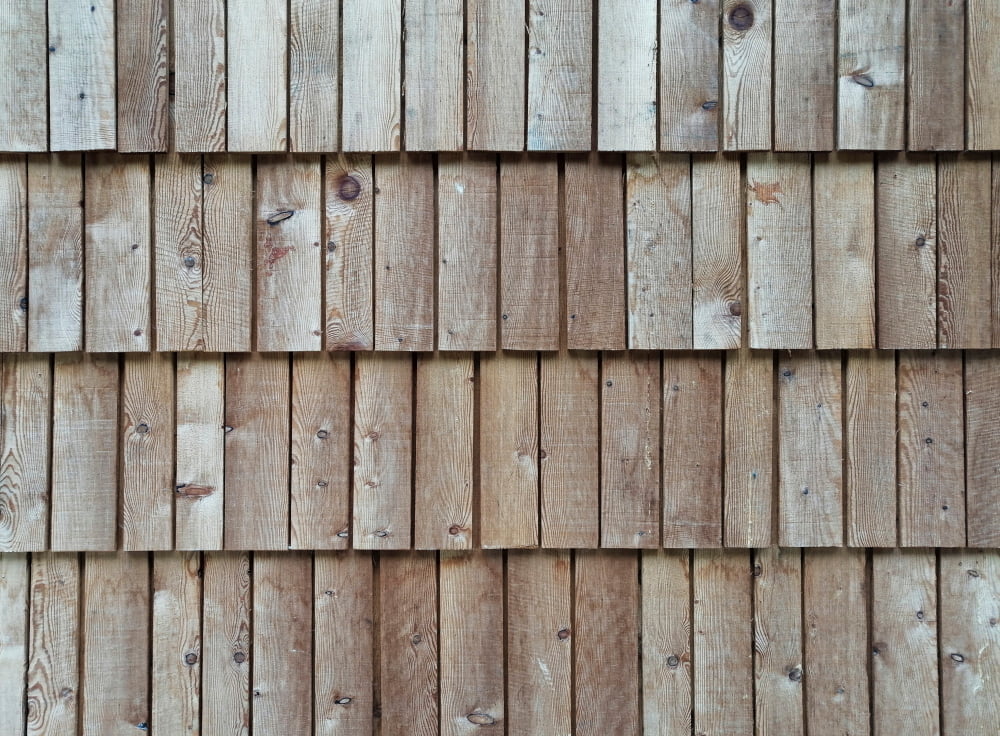
They offer a natural and rustic look that can complement any outdoor space. Wooden shakes are made from split logs, which give them their unique texture and appearance.
Cedar is the most common type of wood used for wooden shakes because it is naturally resistant to decay, insects, and moisture.
One of the benefits of using wooden shakes as an alternative to shed roof felt is their durability. With proper maintenance, they can last up to 30 years or more before needing replacement.
However, there are some downsides to using wooden shakes as well. They require regular maintenance such as cleaning debris off the surface and applying preservatives every few years in order for them not rot or deteriorate over time.
Installing wooden shake roofing requires specialized skills that may not be available with all contractors; therefore it’s important you hire someone who has experience working with this material if you decide on this option.
Aluminum Composite Panel

They consist of two aluminum sheets bonded to a non-aluminum core, such as polyethylene. This creates a lightweight and durable material that is resistant to weathering and corrosion.
One of the benefits of using aluminum composite panels for shed roofing is their versatility in design. They come in various colors, finishes, and textures that can complement any home style or aesthetic preference.
Installation of these panels requires some expertise but can be done by DIY enthusiasts with proper tools and instructions. The process involves cutting the panel into size according to your roof’s dimensions before attaching it with screws or adhesive onto the wooden frame.
Corrugated Fiberglass
It is made of reinforced plastic that can withstand harsh weather conditions, including heavy rain, snow, and strong winds. The material comes in different colors to match the style of your home or garden shed.
One advantage of using corrugated fiberglass as a roofing material is its transparency. This allows natural light to enter the space below while still providing protection from UV rays.
It does not require any special tools or skills to install and can be easily cut into desired sizes with a saw.
However, one downside of this option is that it may become brittle over time due to exposure to sunlight which could lead it prone cracking or breaking if stepped on frequently during maintenance work on the roof surface.
Zinc Standing Seam
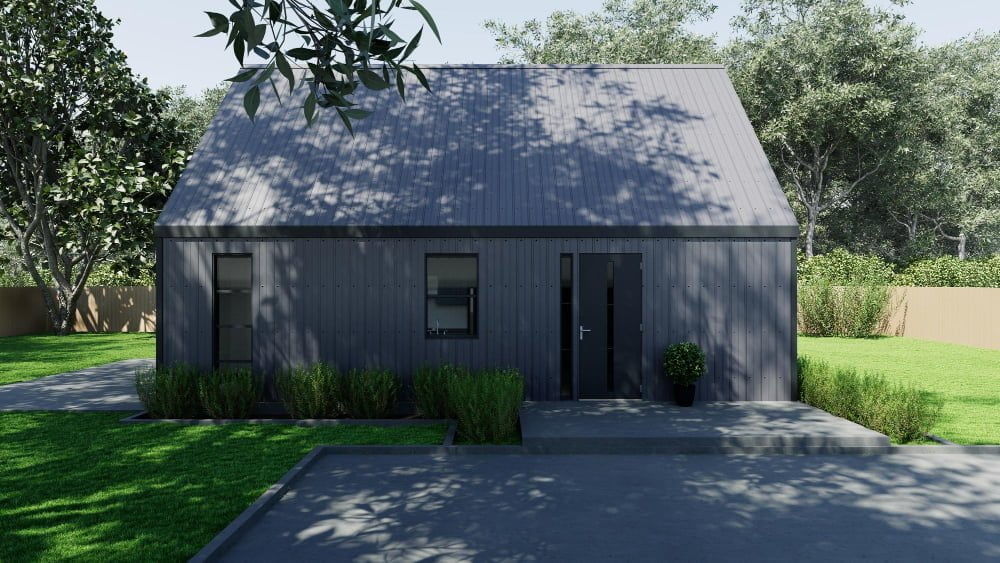
It’s made of interlocking metal panels that run vertically along the roof, creating a sleek and modern look. Zinc standing seam roofs are durable and long-lasting, with an expected lifespan of up to 100 years.
They’re also low-maintenance and resistant to corrosion, making them ideal for areas with harsh weather conditions.
One advantage of zinc standing seam roofing is its energy efficiency. The reflective surface helps reduce heat absorption during hot summer months, which can lower cooling costs in your home or shed.
While zinc standing seam roofing may be more expensive than other options on this list initially, it’s worth considering as a long-term investment due to its durability and longevity. The unique aesthetic appeal can add value to your property if you plan on selling in the future.
If you’re looking for an alternative option that offers both style and functionality while being eco-friendly at the same time then Zinc Standing Seam could be just what you need!.
Recap



